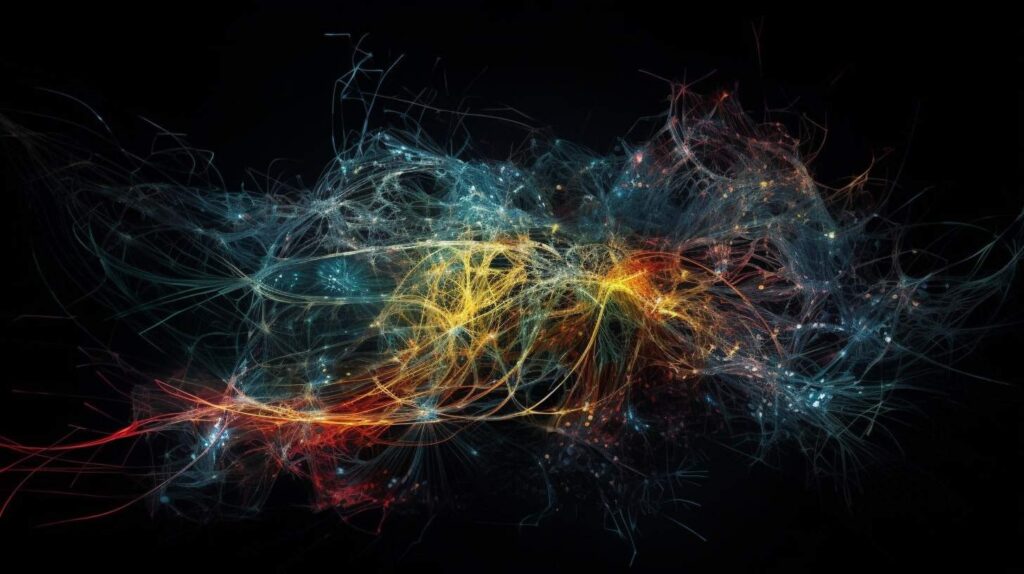Depression, a widespread mental health condition, has long posed a challenge to traditional therapeutic interventions. Existing treatments, while effective for some, often fall short for a significant proportion of patients. This has led to the exploration of novel therapeutic options, among them, the use of psychedelics to enhance brain functionality and alleviate depressive symptoms.
Recent scientific exploration has begun to highlight the potential of psychedelic substances like LSD and psilocybin as viable therapeutic agents. Notably, these psychedelics are shown to enhance brain adaptability and provide rapid and sustained relief from depressive symptoms. However, their application in treatment has been limited due to associated hallucinogenic effects.
A breakthrough study by Eero Castrén and his team, published in Nature Neuroscience, sheds new light on how psychedelics enhance brain adaptability. They propose harnessing the therapeutic prowess of these substances while mitigating their hallucinogenic properties.
Key findings
Psychedelics and Neuroplasticity
All effective antidepressants, including psychedelic substances, encourage neuroplasticity, a critical mechanism for overcoming depression. Neuroplasticity refers to the brain’s inherent capability to form new neural connections and pathways in response to experience or after injury. This is a key aspect of recovery and resilience in mental health. The process of neuroplasticity is regulated by BDNF (Brain-Derived Neurotrophic Factor) and its receptor TrkB. A significant finding of Castrén’s research was that psychedelic substances bind directly to the TrkB receptor, enhancing the signaling pathways of BDNF, thereby fostering an environment conducive to neuroplasticity.
These findings underscore the unique attributes of psychedelics as potential antidepressants. Their ability to enhance BDNF signaling can stimulate the growth of new neurons, nurture existing ones, and accelerate the overall process of neuroplasticity. This could lead to a faster, more robust response in patients suffering from depression.
Separation of Antidepressant and Hallucinogenic Effects
One of the most revolutionary aspects of Castrén’s research is the discovery that the hallucinogenic effects of psychedelic compounds can be isolated from their antidepressant and plasticity-promoting properties. This points to the possibility of developing new treatment strategies or compounds that retain the antidepressant effectiveness of psychedelics while circumventing their hallucinogenic side-effects.
This is an area of immense therapeutic potential, opening up an entirely new path in depression treatment. If the therapeutic effects of psychedelics can be separated from their hallucinogenic side-effects, it could lead to the creation of new, more effective antidepressants without the limitations associated with hallucinogenic experiences.

The Future of Psychedelic Research
While these findings are a significant step forward, more research is needed to optimize the therapeutic application of psychedelics. Future studies should continue to explore the mechanisms through which psychedelics promote neuroplasticity, developing safe and effective treatments based on these insights.
Moreover, challenges such as societal stigma surrounding psychedelics need to be addressed. As we move forward, it’s essential that the scientific community approaches psychedelic research with an open mind, rigorous scientific methodology, and a robust focus on safety and ethics.










 Daytryp Health has taken
Daytryp Health has taken  The
The 